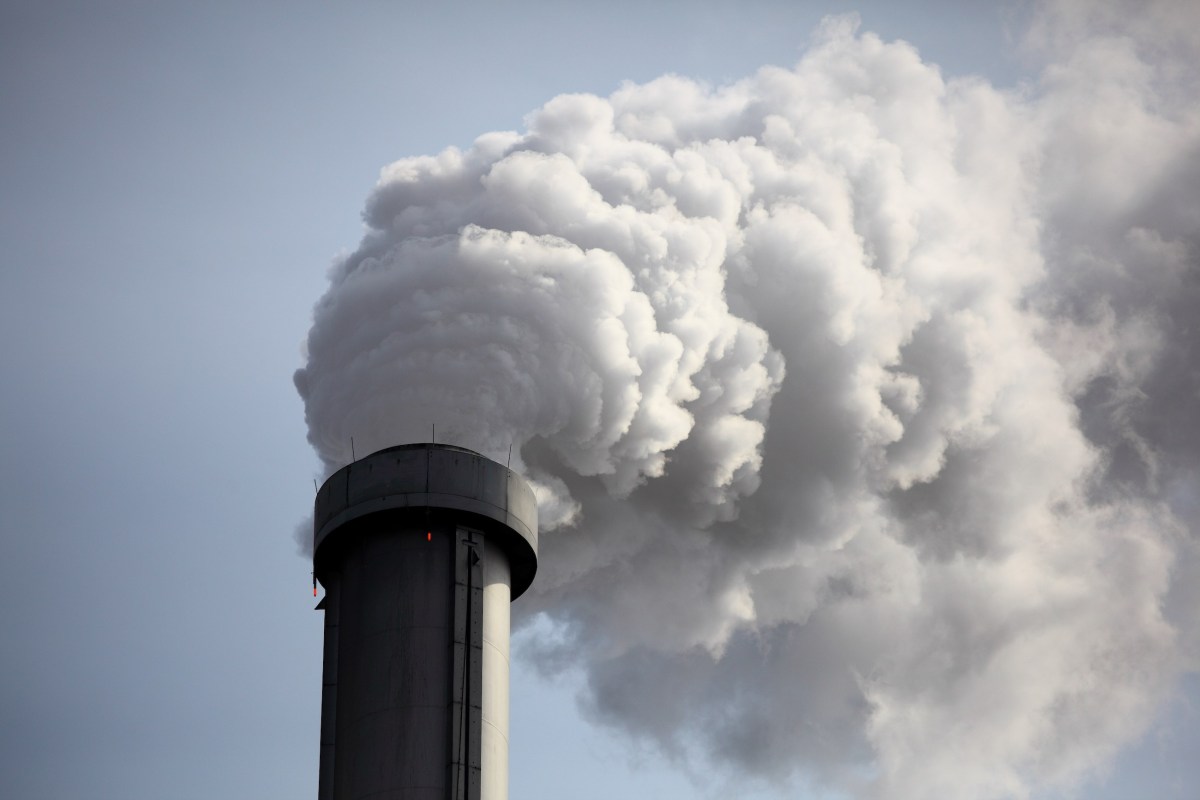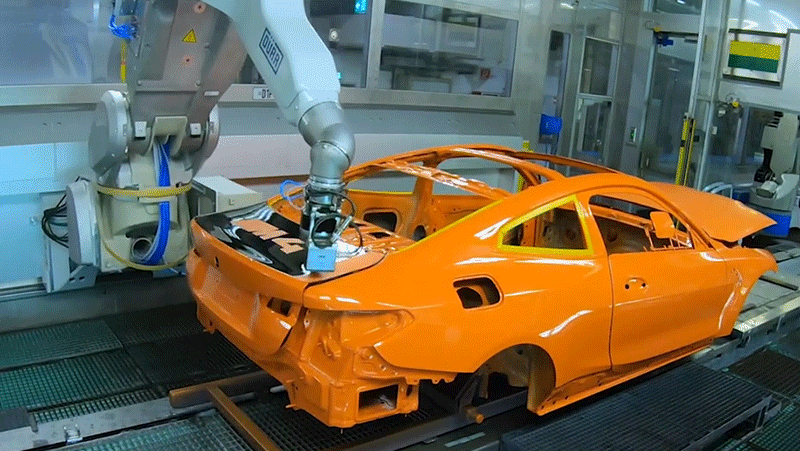According to reports from Bloomberg, President Donald Trump is expected to sign an executive order on Tuesday that aims to revitalize the declining coal industry.
The order will instruct the federal government to classify coal as a critical mineral and require certain coal-fired power plants that were previously scheduled to close to continue generating electricity. The Trump administration is anticipated to frame this directive as part of a broader effort to increase electricity production in response to the growing demand from data centers.
Although the executive order may temporarily delay some closures, it is unlikely to reverse the persistent decline of coal in the power sector. Since 2001, when coal accounted for 51% of the country’s electricity generation, its share has been steadily decreasing, with its gross consumption peaking in 2007. Currently, coal’s share of electricity generation stands at approximately 15%.
While clean air regulations have contributed to the closure of some power plants, the primary driver of coal’s decline has been the availability of low-cost natural gas. Additionally, affordable renewable energy sources such as wind and solar have also played a significant role in this trend.
Coal is the most polluting method of generating electricity, releasing more carbon dioxide per kilowatt-hour than any other fossil fuel. The smoke emitted by coal also contains harmful pollutants like sulfur dioxide, oxides of nitrogen, and fine particulates.
The combined effects of these pollutants lead to a range of environmental and health issues, including acid rain, ozone, heart disease, and potentially even Parkinson’s disease. Furthermore, the burning of coal releases mercury into the environment, which accumulates in fish and other animals and ultimately ends up in the humans who consume them, causing mercury poisoning that can lower IQ and lead to birth defects.
The Trump administration may have more success in designating metallurgical coal as a critical mineral, as steel production often relies on carbon from coal to reduce iron ore to pig iron. Although green steel techniques have made progress, they are typically more expensive than traditional coal-based methods.
However, in the power sector, coal faces significant challenges. While existing power plants may receive a temporary reprieve, they will struggle to compete with solar and wind energy, which are becoming increasingly affordable. In fact, operating existing coal-fired power plants is more expensive than building new renewable energy sources, with the exception of one plant in the US.
Moreover, renewable energy sources can be deployed more quickly than new fossil fuel power plants, making it even less likely that new coal plants will be built to meet the growing demand from data centers.
Source Link





